When Donald Trump installed himself as chairman of Washington’s Kennedy Center, the progressive arts community reacted with predictable hysteria. Artists threatened boycotts and donors withdrew their support. The Guardian reported the news as “anti-woke MAGA populism on a collision course with America’s progressive cultural scene,” while the usual suspects emerged from their Brooklyn brownstones and Malibu beach houses to decry the “assault on democracy” and predict the death of artistic expression as we know it. But as with most things Trump, the reality has proven far more interesting.
Since opening in 1971 as a memorial to John F. Kennedy, the Center has hosted everything from Leonard Bernstein’s controversial Mass to the annual Kennedy Center Honors, celebrating stars from Paul McCartney to Lucille Ball. For decades the center operated with bipartisan support, a rare oasis of cultural consensus in our divided capital. Presidents from both parties would attend the Kennedy Center Honors alongside congresspeople of all stripes, putting politics aside for an evening of artistic appreciation. That is, until President Trump skipped the ceremony in his first term, saying he didn’t want to be a “political distraction.”
But why settle for skipping the party when you can rule the venue? In February, Trump ousted chairman David Rubenstein, a billionaire philanthropist who had donated $120 million to the organization over 20 years, and installed himself as the new chairman, saying Rubenstein did not “share our vision for a Golden Age in Arts and Culture.” The board was stripped of its 18 Democratic members and restocked with Trump loyalists, including conservative country star Lee Greenwood and White House chief of staff Susie Wiles.
The Kennedy Center will emerge intact. After all, administrations are fleeting, but the show must go on
The center’s president, Deborah Rutter, was promptly shown the door, along with its general counsel and head of public relations. In their place came Richard Grenell, who in the first Trump term was the first openly gay cabinet-level official in US history when he was named acting director of national intelligence. Now, I am not saying that is why Trump picked him to run a venue that often hosts musical theater, but the rest of Grenell’s cultural résumé involves being, well, extremely loyal to Trump.
“He shares my Vision for a GOLDEN AGE of American Arts and Culture,” Trump wrote on social media, adding that Grenell would ensure the center hosted “NO MORE DRAG SHOWS, OR OTHER ANTI-AMERICAN PROPAGANDA.” He later added: “Just last year, the Kennedy Center featured Drag Shows specifically targeting our youth – THIS WILL STOP. The Kennedy Center is an American Jewel, and must reflect the brightest STARS on its stage from all across our Nation.”
The reaction was swift. Actress Issa Rae canceled her sold-out show. Producer Shonda Rhimes resigned as the center’s treasurer. Soprano Renée Fleming departed as artistic advisor, while Ben Folds stepped down as the National Symphony Orchestra’s artistic advisor. Jeffrey Seller, producer of Hamilton, canceled the show’s upcoming run. He said that Trump’s “purge” of Kennedy Center staff “flies in the face of everything this national center represents.”
The cultural elite’s consensus was clear: Trump had committed an act of artistic sacrilege and the center was doomed to become a venue for Kid Rock concerts and Christmas pageants celebrating “the birth of Christ,” as Grenell promised at CPAC.
The Washington Post’s former chief theater critic warned of “potentially ruinous” consequences. Kerry Kennedy, JFK’s niece, called the firing of Rubenstein “crude and rude” and expressed concern about Trump reshaping the center to reflect his own preferences. “I’ve worked for 40 years on stopping autocracies from repressing people’s voices and the one consistent pattern is they go after the arts,” Kennedy told the Guardian.
But here’s where the story takes an unexpected turn. Despite the dire predictions, the Kennedy Center so far hasn’t turned into a cultural wasteland. According to figures from the Washington Reporter, attendance numbers have been surprisingly robust. Performances by Seán Heely, who performs Celtic music and sings in Scottish Gaelic, saw more than 625 attendees crowd the Millennium Stage – a space normally housing 200 seats. “People were standing behind the velvet rope line and lining the stairs around the stage,” a source said. Akram Khan, who performs Indian classical Kathak dance, sold almost 1,000 tickets, filling the Kennedy Center to approximately 80 percent capacity. Several upcoming shows are already sold out, including one called Sounds of the Arab World. Not exactly the MAGA playlist one might have expected.
What’s happening, then? Has the Kennedy Center become more diverse under Trump? The answer lies in the complex reality beneath the culture-war headlines. While Grenell has made significant changes – notably slashing millions from DEI programs that he deemed fiscally irresponsible – the center’s core programming continues largely unabated.
Grenell has been particularly focused on what he describes as the center’s dire financial situation. “What the heck is the Kennedy Center doing funding a group called Social Impact when we have $0 in the bank and $0 in reserve?” he said in an interview. “For the last several months before I got to the Kennedy Center, all staff payroll was being done through debt reserves.”
His budget cuts have yielded around $2.53 million in annual savings by cutting DEI programs. The “Culture Caucus,” which partnered with organizations such as Crushing Colonialism, found itself, well, crushed. Also discontinued were the “Social Practice Residencies,” which, according to the Kennedy Center’s wonderfully abstract website, “engages specific communities and proposes critical interventions within existing social systems” – a description that might leave even the most dedicated arts patrons scratching their heads.
One of the resident fellows discussed “Music for [Prison] Abolition” for 45 minutes in front of a small photo of Che Guevara. Another video by a DEI office partner featured the “Sanitation Song,” about handwashing, released after Covid began.
“Our new CFO is renegotiating with banks,” Grenell claimed in an interview. “My management is reviewing every department, questioning staffing and [undertaking] missions to refocus on bringing arts and entertainment that actually sells tickets. We spent too much on programming that doesn’t generate revenue.”
Under Trump, expect programming that doesn’t require a PhD in grievance studies to understand
When Grenell gave Trump a tour of the facility, he “strategically” showed the President that “the building is in terrible shape.” This was about recommitting to the center’s physical preservation as a national monument. “The deferred maintenance has been criminal,” Grenell said. “We’re supposed to get $43 million yearly for the building, but money is fungible and hasn’t been used properly, so we’re far behind.” Grenell’s management style has sparked controversy. In April, he had a heated email exchange with musician Yasmin Williams about the center’s DEI plans and the cancellation of performances, including a Gay Men’s Chorus concert and Finn, a children’s musical about a shark who feels different. Grenell accused Williams of believing “newspapers who exist to hate Republicans” and described her questions as “vapidness.”
“Every single person who canceled a show did so because they couldn’t be in the presence of Republicans,” Grenell wrote. “We didn’t fire a single show.”
He also cited the unpleasant reception J.D. Vance received at the Kennedy Center in March: “Your people also booed and harassed the Vice-President who simply wanted to enjoy music with his wife for a night. Who is the intolerant one?” Later, Grenell contradicted himself, writing, “Yes, I cut the DEI bullshit because we can’t afford to pay people for fringe and niche programming that the public won’t support… Yes, we are doing programming for the masses in order to pay our bills.”
The Gay Men’s Chorus told me they were booted from the programming, saying: “We received confirmation that we would not be performing at the Kennedy Center this May, following media reports published in February.”
Yet the center continues to function. The annual Mark Twain Prize ceremony proceeded as scheduled, with this year’s recipient, Conan O’Brien, celebrated by Bill Burr, Stephen Colbert, Will Ferrell, David Letterman, Tracy Morgan, John Mulaney, Adam Sandler and Sarah Silverman.
So is Trump’s reboot a catastrophe – or a necessary correction? It depends who you ask. For Trump and his supporters, the center represents another institution reclaimed from the woke elite, a victory in the ongoing culture war. For his critics, it’s a disturbing example of political interference in the arts and a betrayal of the center’s mission as a non-partisan cultural beacon.
One Kennedy Center staffer says, with a large dose of hyperbole: “It is very unlikely that anyone who opposes this administration will be alive in the next four years… if we make it to another administration.” They asked to remain anonymous, but added: “None of the orange man supporters care for the high culture [at the Kennedy Center], nor can they afford it.”
As is often the case when Trump throws a hand grenade into the cultural conversation, the results are far more complex than either side cares to admit. Under the new regime, expect fewer interpretive dance performances about climate anxiety and more programming that doesn’t require a PhD in grievance studies to understand. The horror! One suspects audiences care less about the politics of those signing the checks and more about whether the performance is worth the ticket price.
The Kennedy Center now finds itself in the gloriously awkward position of being overhauled by a man whose idea of high culture might well be watching Cats while eating a Big Mac. Yet it seems to be thriving.
The center has seen half a century of American presidents come and go, each leaving his fingerprints on its marble halls. Now it faces the gilded age of Trump. It will emerge transformed, but intact. After all, administrations are fleeting, but the show must go on.
This article was originally published in The Spectator’s June 2025 World edition.



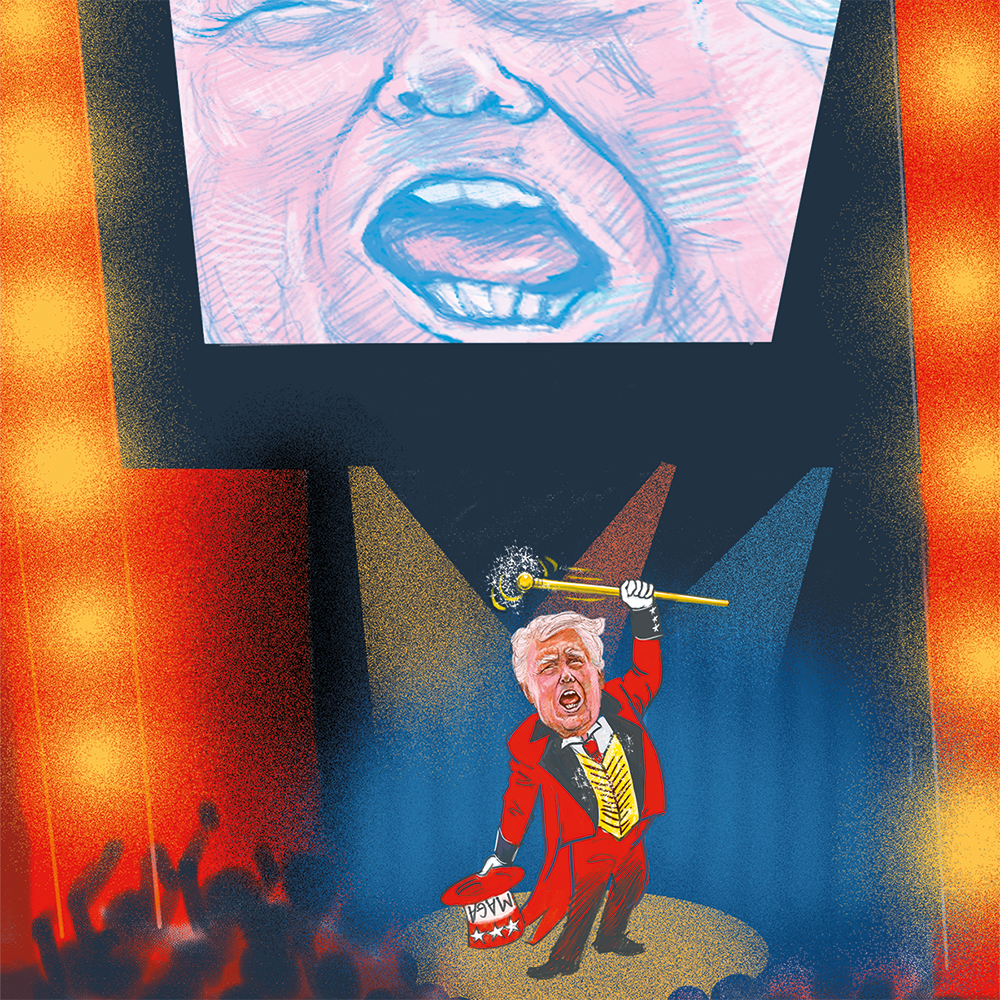






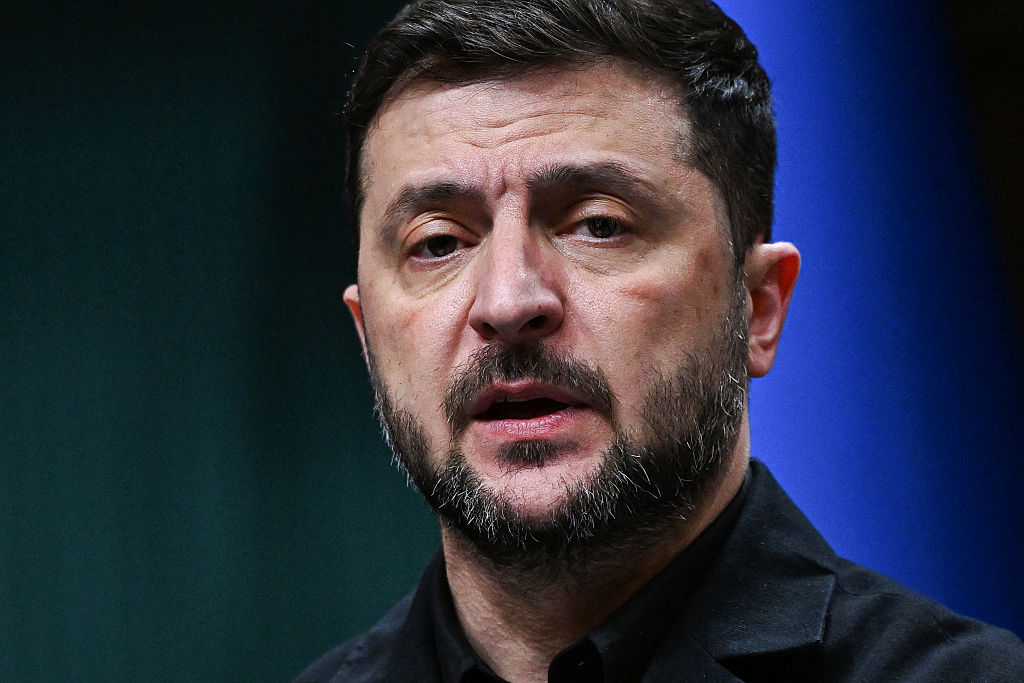
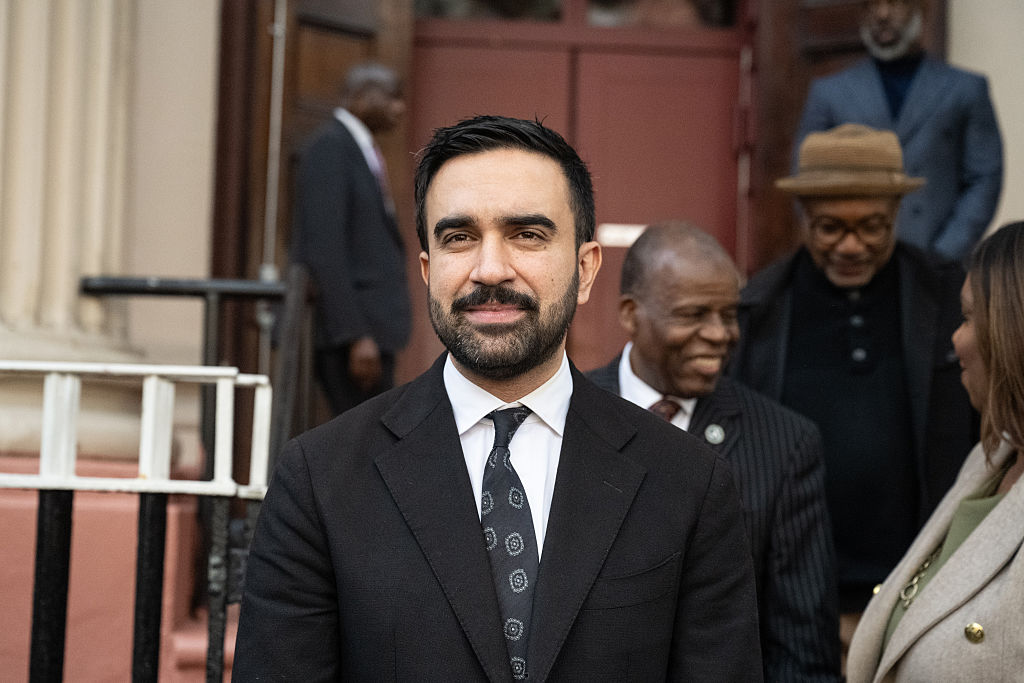
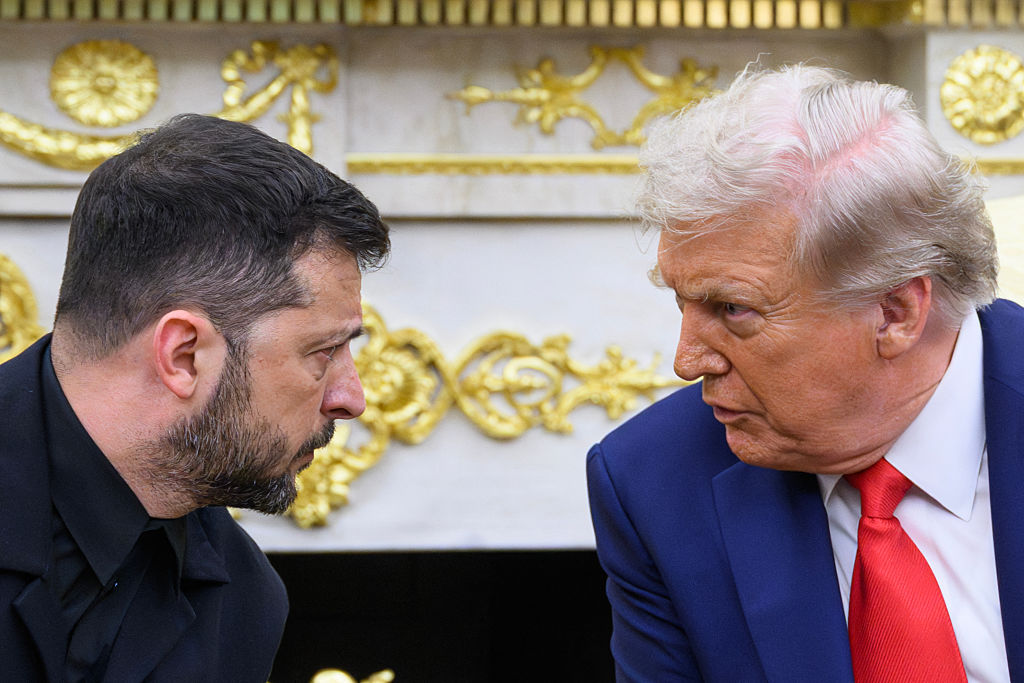

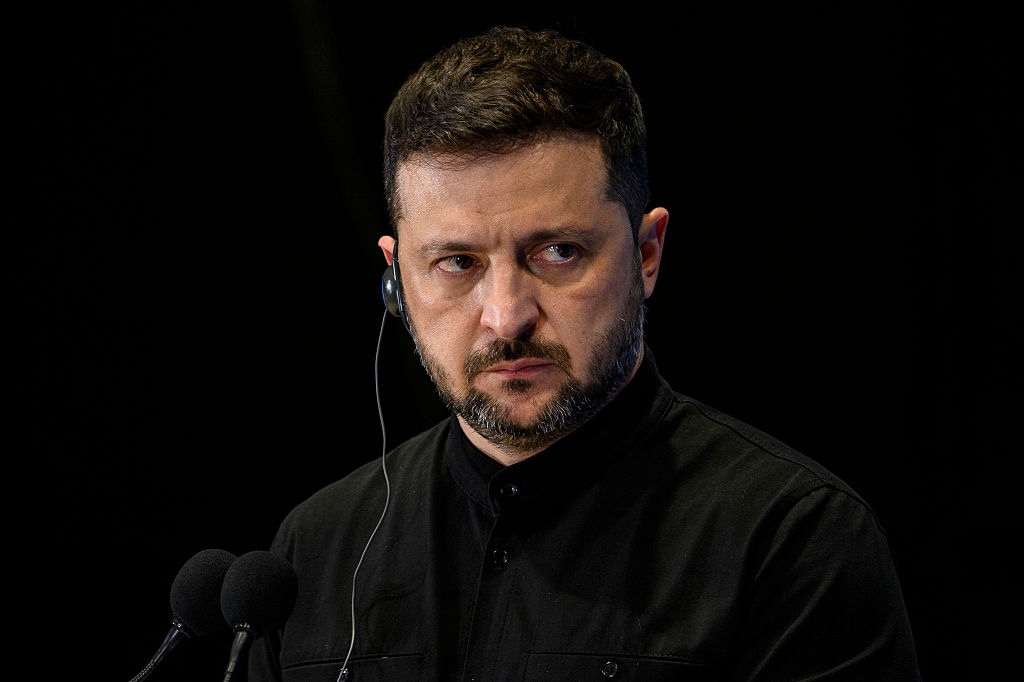
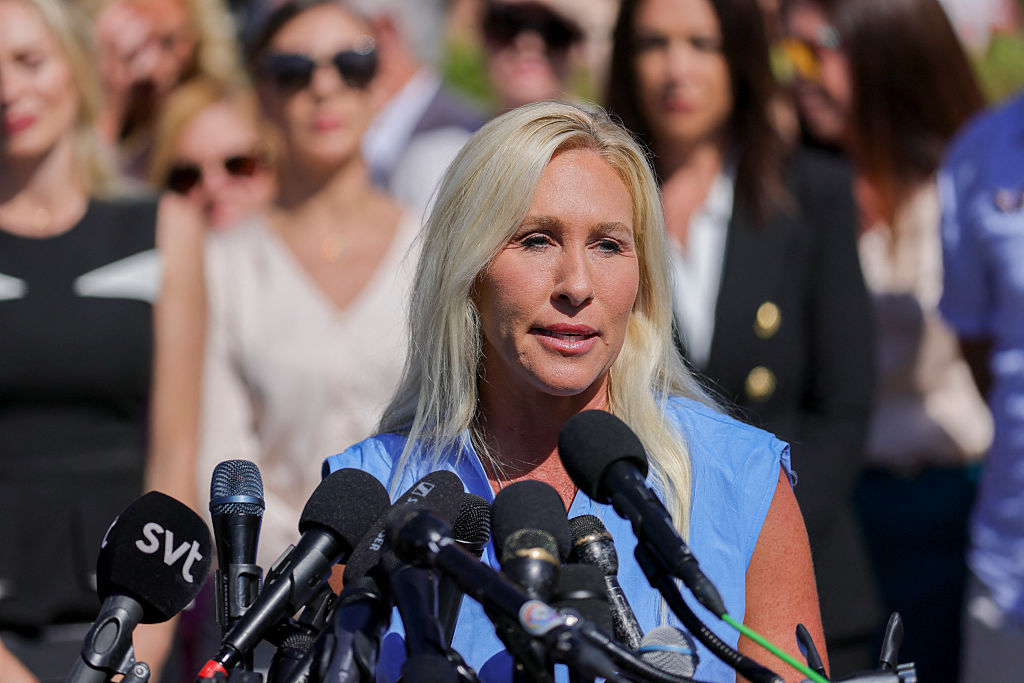







Leave a Reply